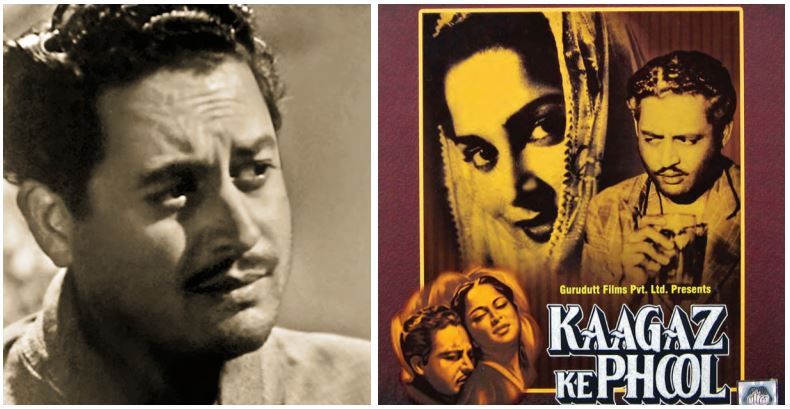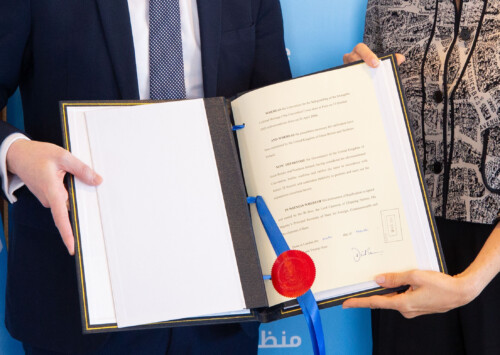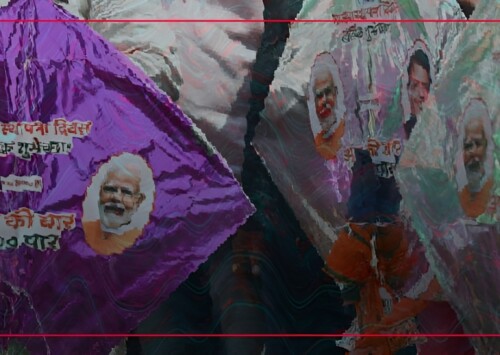Guru Dutt: Melancholic romantic of Indian cinema
A stalwart of Indian cinema, Vasanth Kumar Shivashankar Padukone is better known as Guru Dutt and his relevance in creating melancholy as a cinematic language still remains a significant chapter in the evolution of filmmaking in the country. Though remembered for his iconic acting and filmmaking during the 1950s and the early 1960s, the tragic protagonist in Guru Dutt didn’t get his due in his lifetime. The reasons were more political than commercial or aesthetical. A poetic narrative, a lyrical disposition of sequences and a typical melancholic isolation can define Guru Dutt’s inclination towards stories that were instinctively poignant, but, the metaphorical representation of society in his films still remains a subject of cinema.
Guru Dutt started his career as an actor during the mid 1940s and as he evolved into the confident storyteller, India was an independent country. Inspired by the neorealist movement in the Italian cinema, a group of Indian directors took up the camera to narrate the darker side of the rosy political promises of Golden India. While his contemporaries in Bengal were Satyajit Ray and Ritwik Ghatak, Dutt was sharing his observation on realism and persuaded his audience to see the evident poverty, unemployment, prostitution and social abuse becoming rampant in the so called independent India.
His stories oddly became a threat to the notion of nationalism and the flowery dreams preached by the then Prime Minister of India, Jawaharlal Nehru. No wonder, some of his most powerful stories turned out to be commercial disasters. Kaagaz Ke Phool (1959) is one such example. The film is now considered as one of the best cult films ever made in India; Dutt, as a producer, actually lost over INR 1.7 million (about EUR 25,000) – a huge sum, considering the era.

‘Pyaasa’ (1957)
Mumbai-based playwright, Saif Hyder Hasan is staging Gardish Mein Taare, a theatre production where he portrayed the deep-seated anguishes between Guru Dutt and his wife, Geeta Dutt, in the perspective of a period drama, however, keeping the interest and speculation to a very modern context. Hasan was talking about the immense impact of his movies on his life since he watched Dutt’s Pyaasa (1957), the story of a struggling poet, as a kid. “While people nowadays would talk so much about Guru Dutt and his work, what is interesting about him is that he was totally forgotten in India. It was a Japanese curator who sent Pyaasa and Kagaaz Ke Phool for a retrospect to Cannes, in the 1980s, that got back the focus of Indians on Guru Dutt once again,” said Hasan.
Master of symbolism
Guru Dutt utilised cinematic imagery and symbolism like no other Indian filmmaker of that time. In Pyaasa, Dutt captures the majority of Vijay and Gulaab’s conversation in a staircase, symbolising a hierarchy in relationships, which is more prominent as a feeling and modern in those times in India. He mocked the customs and standards at that phase when the whole nation was simply figuring out how to accept them and was a visionary who knew where insatiability and ignorance can take the recently shaped ‘country’. His film storylines never capitulated to conventional thoughts, adding layers to the female leads in his movies; he was perhaps the pioneer in Indian cinema who conceived an equivalent screen space for both the genders.
“Gradually, people started identifying him as a poet of melancholy, but, he also made commercial potboilers such as the thriller, Aar Paar (1954), the drama Mr and Mrs ’55 (1955), the period adventure film Baaz (1953) etc. So, if you look at his filmography, Guru Dutt made films on diverse topics,” Hasan candidly described his impression of Dutt. “After his collaboration with Abrar Ali (also a friend), he moved completely away from crime thrillers, Aar Paar being the last one. So, if he was the poet of melancholy post 1957, he was like Hitchcock of Indian cinema,” he adds.
India was amid a shallow thought of patriotism during the 1950s and anything against the newly framed society was named as anti-national or dissident. However, in spite of such threatening environment, Dutt utilised his imagination wholeheartedly. He generally adhered to his side of the story, never thought much about the reaction and made a dream that would portray Indian culture for some more years to come. In other words, he was the perfect example of a man who was way ahead of his time.
There are reasons aplenty why Dutt is considered the best filmmaker that Bollywood has ever seen. While his films served as the epitome of freedom of expression and thoughts, his idea of gloomy romance submersing his protagonists in anti-capitalism and consequently in the depths of alcohol, was modern at that time to say the least. His rhetorical questions in dialogue or songs such as ‘Jinhen Naaz Hai Hind Par, Woh Kahan Hai’ (Those who are proud of India, where are they?) rightly became the anthems of rational ideologies in the transforming outlook of the country. Quite meticulous in his approach, Dutt would ensure that the songs in his films were not mere insertions. They were built into it seamlessly and were part of the narrative.
Tumultuous personal life
Whether it was the disillusioned outlook of the society that drew Dutt towards depression or was it a knack for indiscipline in personal life is still a mystery, but everything was not rosy in his personal space. There are multiple instances, such as the book, Ten Years with Guru Dutt: Abrar Alvi’s Journey cites, where Dutt’s friend, Abrar Alvi and a colleague depicted instances where the legendary director and his singer wife, Geeta Dutt, led lives with differences in abundance.
Arun Khopkar, a former producer at Indian Space Research Organisation (ISRO) and an ardent student of cinema, penned a biography on Guru Dutt, called Guru Dutt: A Tragedy with Three Acts, and have delved into the split-personality syndrome of Dutt quite exactly. The book is primarily written in Marathi and the Kannada translation (by Virupaksha Kulakarni) was unveiled at the Bengaluru International Film Festival 2017. The three acts described in the title is nothing but discussions on three cult movies by Dutt – Pyaasa (1957), Kaagaz Ke Phool (1959) and Sahib Bibi Aur Ghulam (1962). Speaking at the book launch, Khopkar said, “In these movies, he reveals the darker side of himself. The characters are all rebelling against oppressive conditions and there is a romantic pessimism about them. His other films showed the brighter side of the moon, as they were lighter, ready with wit.”
Perceiving a country rampaged by capitalism and social abuse, Dutt was perhaps finding respite in alcohol. While his close friends apprehended a suicide, Guru Dutt was found dead in his house due to a lethal overdose of alcohol and sleeping pills. He is still referred as text for film students in India for his technical supremacy with cinemascope and his poetical approach towards cinema. His body of work epitomises his fame and he remains one of the greats who took Indian cinema to the international arena. Whether he will be remembered as the poet of melancholy or was it his apparent suicide that romanticised the entire idea is debatable, but, Guru Dutt and his films would rather keep a cinephile thirsty for more.










